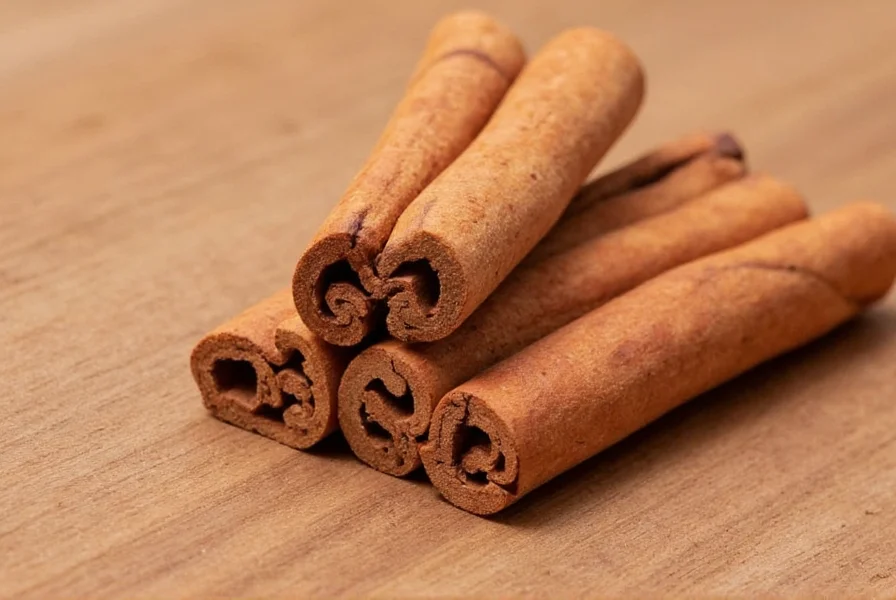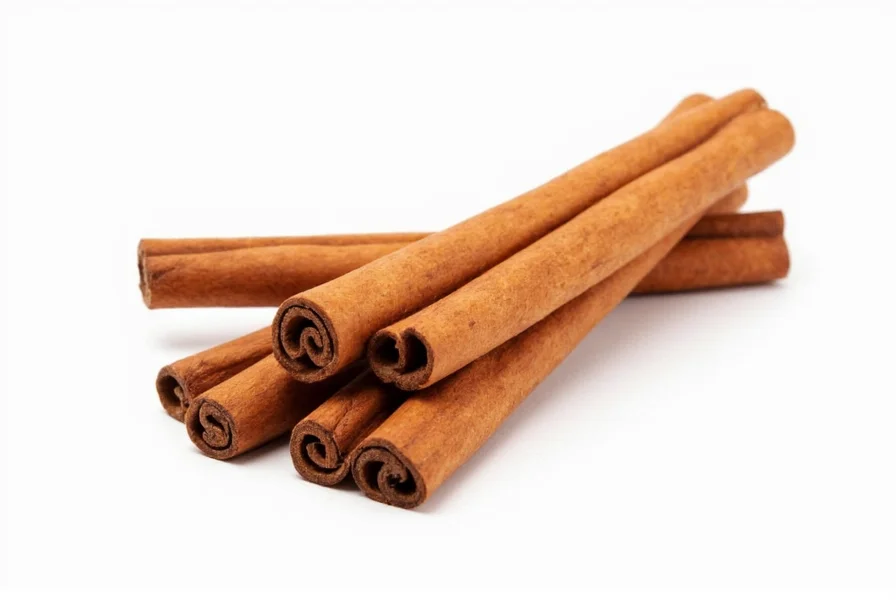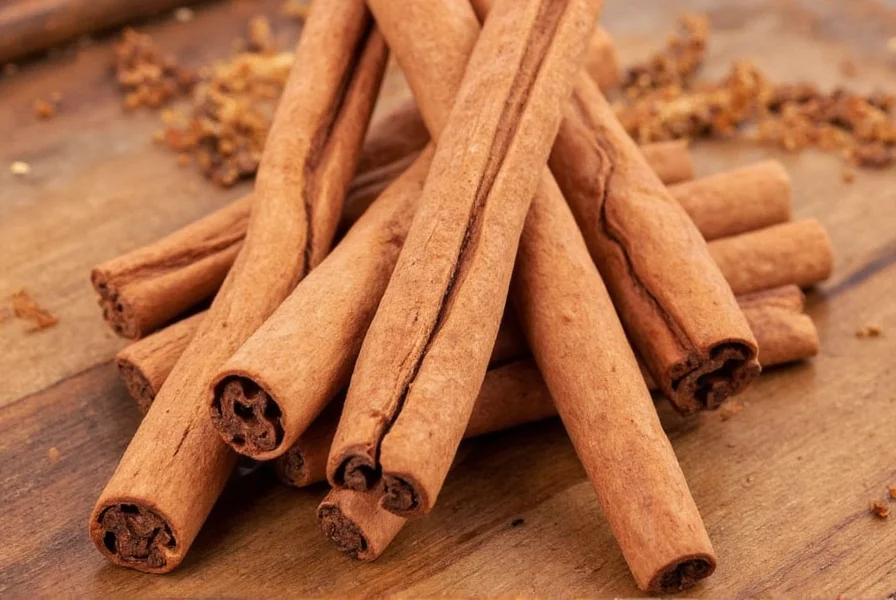Cinnamon bark represents one of the world's oldest and most valued spices, with historical records showing its use dating back to ancient Egyptian, Chinese, and Ayurvedic medicine systems. Unlike the powdered form commonly found in grocery stores, understanding the raw bark provides deeper insight into this versatile botanical resource.
Botanical Origins of Cinnamon Bark
Cinnamon comes from the inner bark of trees belonging to the Cinnamomum genus in the Lauraceae family. When farmers harvest cinnamon, they carefully remove the outer bark and scrape off the inner bark layer, which naturally curls into the familiar quill shape as it dries. This process reveals the true essence of what cinnamon bark is before further processing.
Different Types of Cinnamon Bark
Not all cinnamon bark is created equal. The market features several varieties, each with distinct characteristics, flavor profiles, and chemical compositions. Understanding the difference between ceylon and cassia cinnamon bark proves crucial for both culinary applications and potential health considerations.
| Type | Scientific Name | Appearance | Coumarin Content | Flavor Profile |
|---|---|---|---|---|
| Ceylon Cinnamon | Cinnamomum verum | Multiple thin layers, soft texture | Very low (0.004-0.1%) | Mild, sweet, complex |
| Cassia Cinnamon | Cinnamomum cassia | Single thick layer, hard texture | High (2.15-6.97%) | Strong, spicy, pungent |
| Saigon Cinnamon | Cinnamomum loureiroi | Thick, rough quills | Very high | Intense, sweet-spicy |
| Malabar Cinnamon | Cinnamomum citriodorum | Thin, brittle quills | Moderate | Lemon-citrus notes |
Chemical Composition and Active Compounds
The distinctive properties of cinnamon bark stem from its complex chemical profile. Cinnamaldehyde constitutes approximately 60-90% of the essential oil in cinnamon bark, giving it that characteristic aroma and flavor. Other significant compounds include:
- Eugenol (particularly in Ceylon cinnamon)
- Linalool
- Cinnamic acid
- Proanthocyanidins
- Various polyphenols
These compounds contribute to what makes cinnamon bark valuable beyond its culinary applications, particularly when considering the health benefits of cinnamon bark extract.

Traditional Medicinal Applications
For thousands of years, traditional medicine systems have incorporated cinnamon bark for various purposes. Ancient Chinese medical texts from 2700 BCE mention cinnamon bark for warming the body and improving circulation. Ayurvedic practitioners used it to support digestion and respiratory health, while traditional European herbalists recommended cinnamon bark for addressing digestive discomfort.
These traditional medicinal uses of cinnamon bark often focused on preparing decoctions where the bark simmered in water to extract its beneficial compounds—a practice that modern research has begun to validate through scientific investigation.
Modern Research on Health Benefits
Contemporary scientific research has examined many traditional claims about cinnamon bark. Studies suggest potential benefits related to:
- Blood sugar regulation: Some research indicates cinnamon bark extract may improve insulin sensitivity, though results remain mixed and more rigorous studies are needed
- Antioxidant properties: Cinnamon bark ranks among the most antioxidant-rich spices, with an ORAC value of 267,536 μmol TE/100g
- Anti-inflammatory effects: Laboratory studies show compounds in cinnamon bark may reduce inflammation markers
- Microbial properties: Research demonstrates cinnamon bark oil's effectiveness against certain bacteria and fungi
It's important to note that while these findings are promising, most human studies use concentrated extracts rather than culinary amounts. The actual health benefits of cinnamon bark when used as a regular spice remain an area of ongoing research.
Culinary Applications of Cinnamon Bark
Understanding how to use cinnamon bark in cooking opens up flavor possibilities beyond pre-ground powder. Whole cinnamon bark maintains its flavor compounds longer and offers more nuanced taste profiles. Chefs and home cooks can:
- Add whole quills to simmering liquids for stews, curries, and braises
- Infuse milk or cream for desserts and beverages
- Create custom spice blends using freshly ground bark
- Make cinnamon tea by steeping small pieces in hot water
- Use in pickling solutions for added complexity
When substituting whole cinnamon bark for powder, remember that one cinnamon stick typically equals about ½ teaspoon of ground cinnamon, though flavor intensity varies by variety.
Safety Considerations and Coumarin Content
One critical aspect of cinnamon bark that many consumers overlook is its coumarin content. Coumarin, naturally present in higher concentrations in Cassia varieties, can potentially cause liver issues when consumed in large quantities over time.
The European Food Safety Authority recommends a tolerable daily intake of 0.1 mg of coumarin per kilogram of body weight. For a 60 kg adult, this equals approximately 6 mg daily. Given that Cassia cinnamon contains 2.15-6.97% coumarin by weight, just one teaspoon (2.6g) could contain 56-180 mg of coumarin—significantly exceeding the recommended limit.
Those concerned about cinnamon bark coumarin content safety should opt for Ceylon cinnamon, which contains minimal coumarin, especially when using cinnamon regularly or in larger quantities.

Selecting and Storing Cinnamon Bark
When choosing cinnamon bark, look for quills that are tightly rolled with minimal breakage. High-quality Ceylon cinnamon appears light brown with multiple thin layers, while Cassia is darker and forms a single thick layer. Proper storage maintains cinnamon bark's volatile compounds:
- Store in an airtight container away from light and heat
- Whole cinnamon bark retains freshness for 1-2 years
- Ground cinnamon loses potency within 6 months
- Refrigeration can extend shelf life in humid climates
For maximum flavor impact when using cinnamon bark in recipes, lightly toast whole quills before use or grind small amounts as needed rather than purchasing pre-ground product.
Conclusion
Cinnamon bark represents far more than just a kitchen spice—it's a complex botanical with rich history, diverse varieties, and potential health implications. Understanding the differences between types, particularly regarding coumarin content, helps consumers make informed choices. Whether you're exploring traditional medicinal uses of cinnamon bark or simply enhancing your culinary creations, appreciating this ancient spice in its whole form provides deeper connection to its remarkable properties.
Frequently Asked Questions
What's the difference between Ceylon and Cassia cinnamon bark?
Ceylon cinnamon (Cinnamomum verum) features multiple thin, delicate layers that form tight quills with a light brown color and mild, sweet flavor. It contains minimal coumarin. Cassia cinnamon (Cinnamomum cassia) forms a single thick, hard quill with a dark reddish-brown color and stronger, spicier flavor. Cassia contains significantly higher coumarin levels, which may pose health concerns with regular consumption.
How much cinnamon bark is safe to consume daily?
For Ceylon cinnamon, up to 1-1.5 teaspoons (2.5-4g) of ground cinnamon or 2-3 inch quills daily is generally considered safe. For Cassia cinnamon, limit consumption to no more than ½ teaspoon (1-1.5g) daily due to its high coumarin content. People with liver conditions should consult a healthcare provider before regular consumption of any cinnamon variety.
Can I use cinnamon bark for making tea?
Yes, cinnamon bark makes excellent tea. Break a 2-3 inch piece of cinnamon quill into smaller pieces and simmer in 8-12 ounces of water for 10-15 minutes. You can enhance the tea with additions like ginger, cloves, or citrus peel. Ceylon cinnamon works particularly well for tea due to its delicate flavor profile and lower coumarin content.
Does cinnamon bark really help with blood sugar control?
Some studies suggest cinnamon bark extract may improve insulin sensitivity and help moderate blood sugar spikes after meals, but results are inconsistent. Most positive findings come from studies using concentrated extracts (1-6g daily), not typical culinary amounts. While cinnamon bark shows promise, it shouldn't replace medical treatment for diabetes, and more research is needed to confirm its effectiveness at normal consumption levels.
How should I store cinnamon bark to maintain freshness?
Store whole cinnamon bark in an airtight glass container away from light, heat, and moisture. Properly stored, whole cinnamon quills maintain their potency for 1-2 years. Avoid plastic containers as cinnamon's essential oils can degrade plastic. For extended storage in humid climates, consider refrigeration in a moisture-proof container. Ground cinnamon loses potency much faster, typically within 6 months.











 浙公网安备
33010002000092号
浙公网安备
33010002000092号 浙B2-20120091-4
浙B2-20120091-4